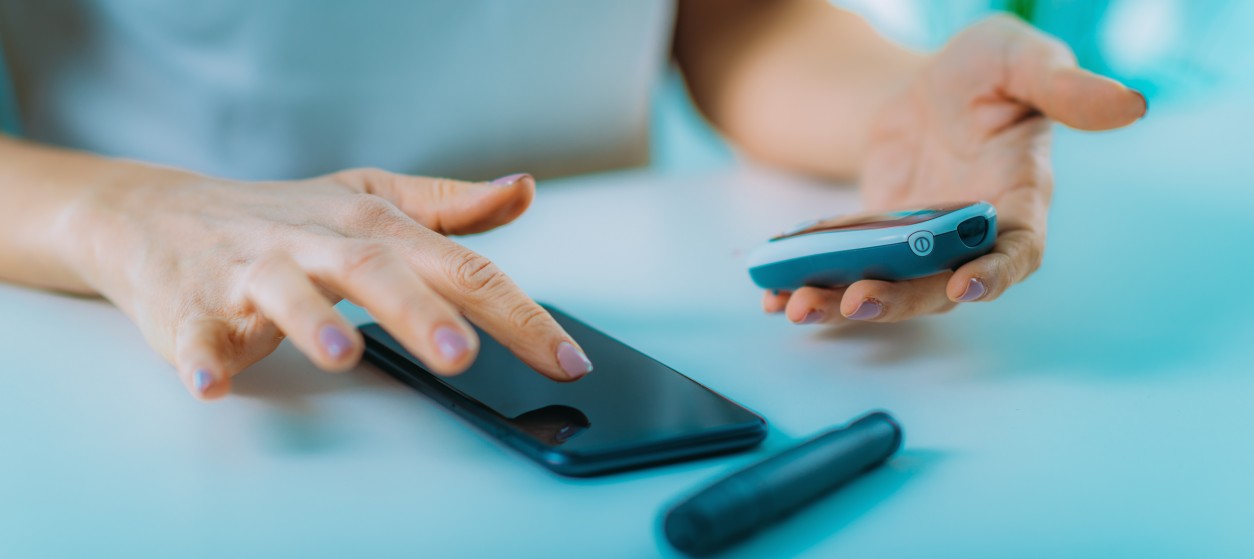Biohacking is the art and science of using technology, biology, and self-experimentation to optimize human performance and well-being. It’s a movement that combines innovative approaches to biology with hacker culture and a Do it Yourself (DIY) spirit towards empowering individuals to take control of their health, bodies, and minds. Biohacking technology enables wide array of use cases that completely transform the way we understand and enhance ourselves. These use case range from tracking sleep patterns to experimenting with genetic modifications. Nevertheless, to understand how these use cases operate, it’s important to have a basic knowledge on the main technologies that support them.
The Technologies Powering Biohacking
Biohacking thrives on the convergence of several cutting-edge technologies. Here’s a closer look at the most influential ones:
- Health Tracking Devices and Wearable Tech: Wearable tech (e.g., smartwatches, fitness trackers, biosensor patches) are at the heart of modern biohacking. These devices continuously monitor metrics like heart rate, sleep quality, physical activity, blood oxygen, and even stress levels. The data collected offers real-time insights into your health, allowing for informed decisions and personalized interventions. Some of the most popular devices that are used in biohacking include smartwatches (e.g., Apple Watch, Garmin, Fitbit), sleep trackers (e.g., Oura Ring, Whoop), continuous glucose monitors, as well as smart clothing with embedded sensors.
- The Internet of Things (IoT): The IoT is a network of interconnected devices that collect, share, and analyze health data. In biohacking, IoT technologies enable seamless communication between wearables, smartphones, and Cloud-based platforms. This integration allows for in depth tracking of multiple health parameters, while at the same time supporting Remote Monitoring of an individual’s health status. Most importantly, IoT technologies provide a foundation for predictive analytics and predictive health and well-being insights that are sometime powered by Artificial Intelligence.
- Smart Pills: Smart pills represent a leap in biohacking technology. They are ingestible capsules equipped with sensors and microprocessors that collect physiological data as they travel through the body. Some smart pills can be used to deliver medication at targeted sites, monitor medication adherence, or capture images of the gastrointestinal tract for diagnostics. Their ley features include real-time health monitoring from inside the body, targeted drug delivery and diagnostics, as well as enhanced compliance to medication protocols. The latter compliance is very important for biotech applications like clinical trials as well.
- Smart Apps: Smartphone apps are the digital brains behind many biohacking endeavors. They aggregate data from health tracking devices, analyze trends, and provide actionable recommendations. Some apps offer personalized nutrition, exercise, and sleep interventions based on your unique biometrics, while others facilitate remote consultations or chronic disease management.
Main Benefits and Applications of Biohacking
The combination and integration of the above-listed technologies enables sophisticated biohacking systems that deliver the following benefits:
- Personalized Health Optimization: Biohacking technology enables individuals to tailor their health strategies. Specifically, biohacking applications analyze data from wearable tech and health tracking devices in order to identify patterns, set goals, and receive personalized feedback on activities that can improve their healthcare and well-being. The latter include for example exercise, nutrition, sleep, and stress management.
- Disease Prevention and Management: Remote health monitoring through wearables and IoT devices is revolutionizing chronic disease management. Continuous tracking of vital signs helps detect early warning signs, facilitates proactive care, and reduces the hospital admissions that are typically associated with chronic conditions like heart disease, diabetes, and COPD.
- Enhanced Performance and Productivity: Athletes and high performers use wearable tech to optimize training, prevent injuries, and track recovery. In the workplace, wearables can boost productivity, monitor fatigue, and improve safety through real-time alerts and biometric feedback.
- Improved Accessibility and Independence: Wearable tech is opening new possibilities for people with disabilities. For instance, smart glasses can assist the visually impaired, while smart gloves and rings enable those with limited mobility to interact with digital devices and their environment.
- Precision Medicine and Diagnostics: Smart pills and advanced biohacking devices offer unprecedented precision in drug delivery and diagnostics. For example, smart capsules can deliver medication directly to tumors or specific organs. This can minimize side effects and improve outcomes.
Challenges and Ethical Considerations
The benefits of biohacking technologies come with various challenges. Some of the most prominent ones include:
- Data Privacy and Security: The vast amounts of sensitive health data that are generated by biohacking technology raise significant privacy concerns. Developers, deployers and operators of biohacking technologies must therefore ensure secure data storage, transmission, and compliance with regulations like the General Data Protection Regulation (GDPR). These are very challenging tasks, which are become even more complex as biohacking devices proliferate and become more interconnected.
- Regulation and Safety: Biohacking often operates at the fringes of traditional medical oversight. The rapid pace of innovation challenges state of the art regulatory frameworks, which leads to potential risks from unproven or unsafe interventions. It is therefore important to establish clear guidelines without suppression innovation as part of an approach that balances innovation with regulation.
- Accessibility and Equity: While biohacking promises personalized health optimization, access to advanced devices and technologies is often limited by cost and availability. Hence, there is a risk of widening health disparities if these tools remain accessible only to privileged groups. For instance, it is possible that biohacking services are offered to wealthy individuals only via costly health insurance premiums.
- Ethical and Social Implications: Practices like genetic editing, DIY biology, and implantable devices raise many ethical questions. To address these questions, it is important to address the issues of consent, bodily autonomy, and the potential for unintended consequences.
The Future Outlook
The future of biohacking is bright: It is considered as an industry that is projected to grow rapidly in the coming years. Advances in synthetic biology, wearable biosensors, neurostimulation, and artificial intelligence will drive even more personalized and effective health solutions. In the years to come, biohacking applications will become more effective and more sophisticated thanks to integration of AI for predictive health analytics and personalized recommendations, as well as due to the development of implantable and even more discreet health tracking devices. Moreover, the use of smart pills for diagnostics, drug delivery, and real-time monitoring will be expanded and will become almost ubiquitous in healthcare services. To deliver the expected benefits of biohacking sooner than later, it is important to foster an effective collaboration between innovators, regulators, and the public. Such collaborations will boost safety, accessibility, and ethical progress. The promise of upgrading our bodies with tech is within reach and it expected to empower us to take charge of our health, enhance our capabilities, and unlock new frontiers in the way we take care of our health and well-being.





